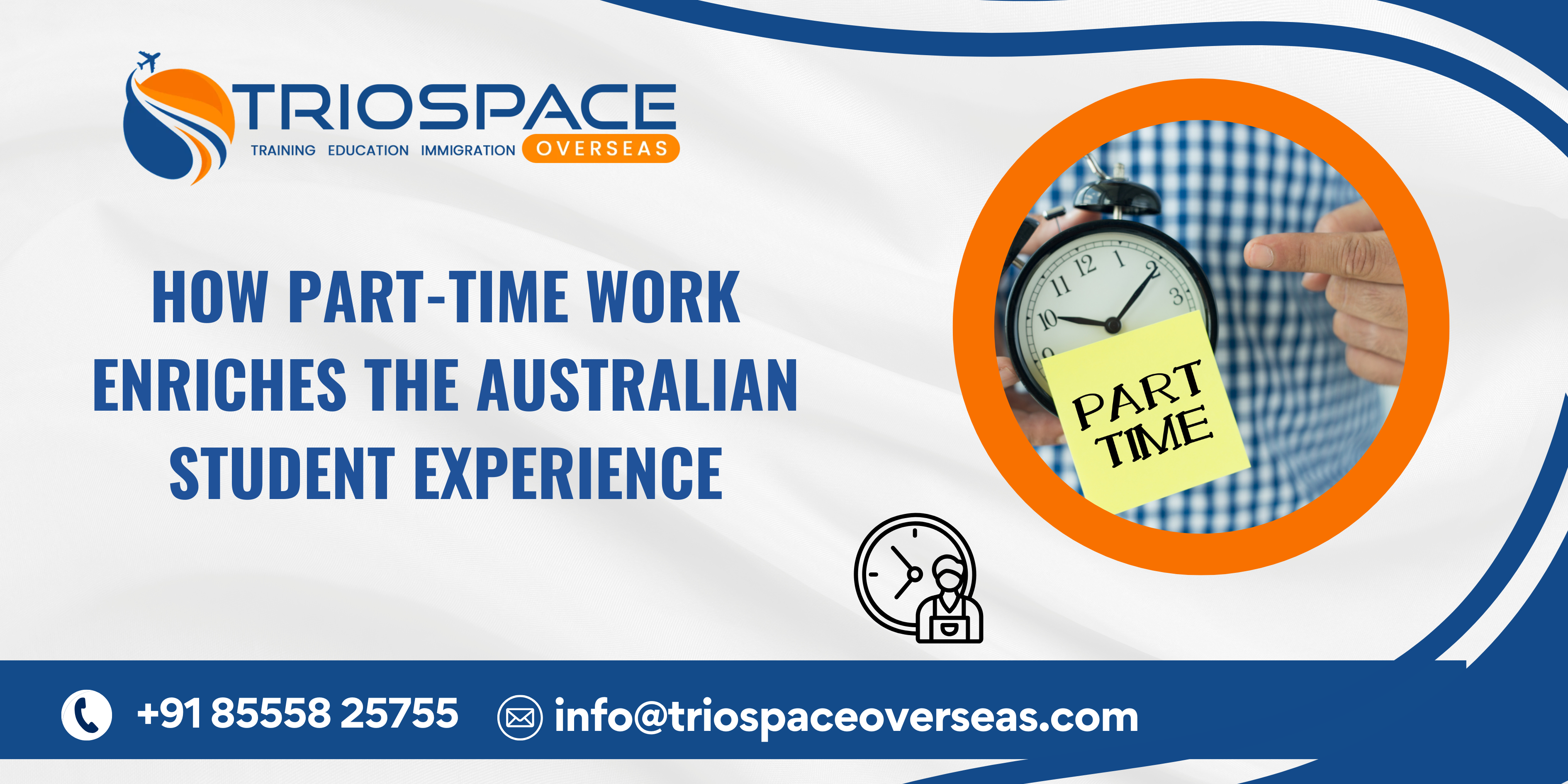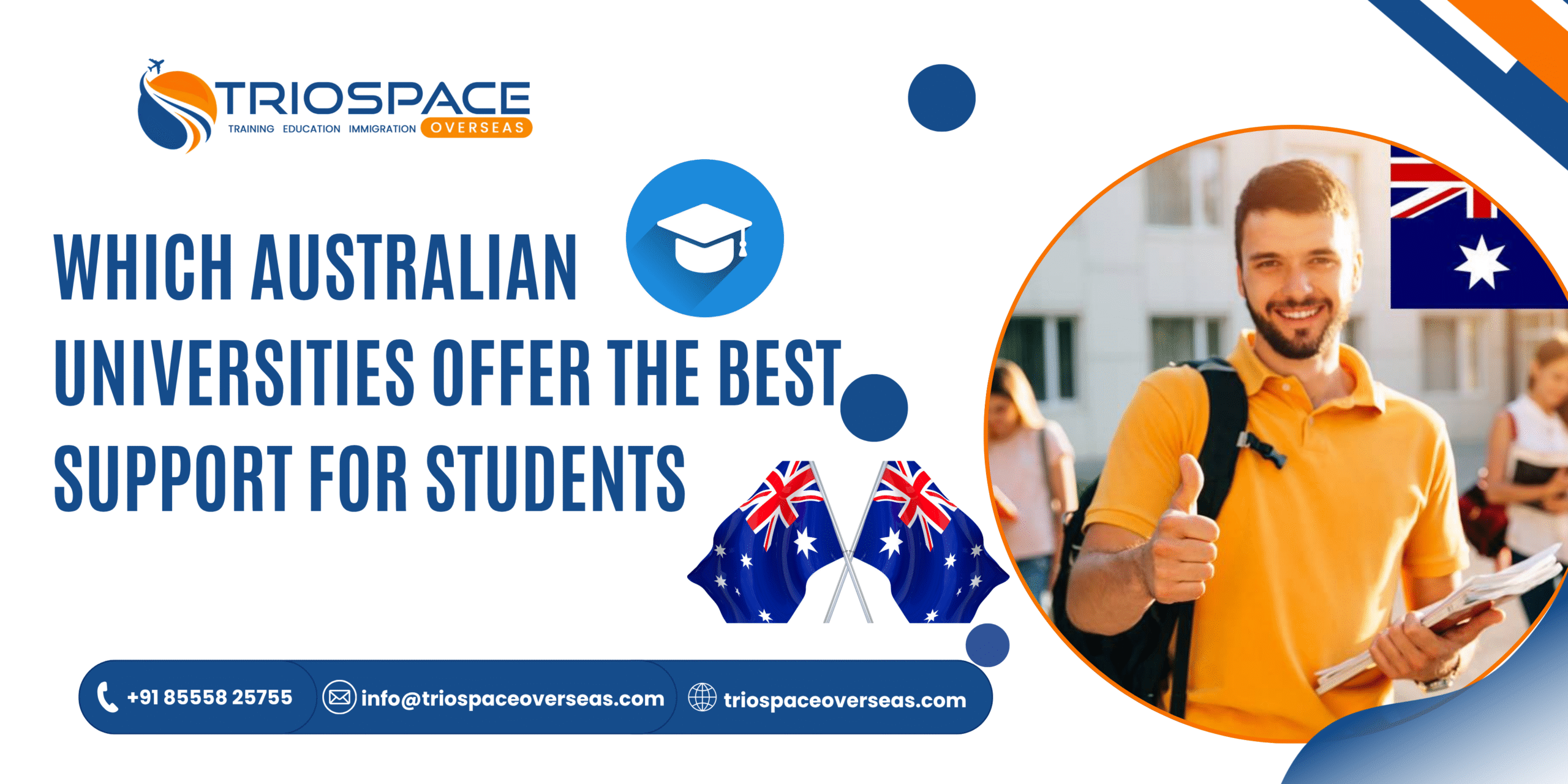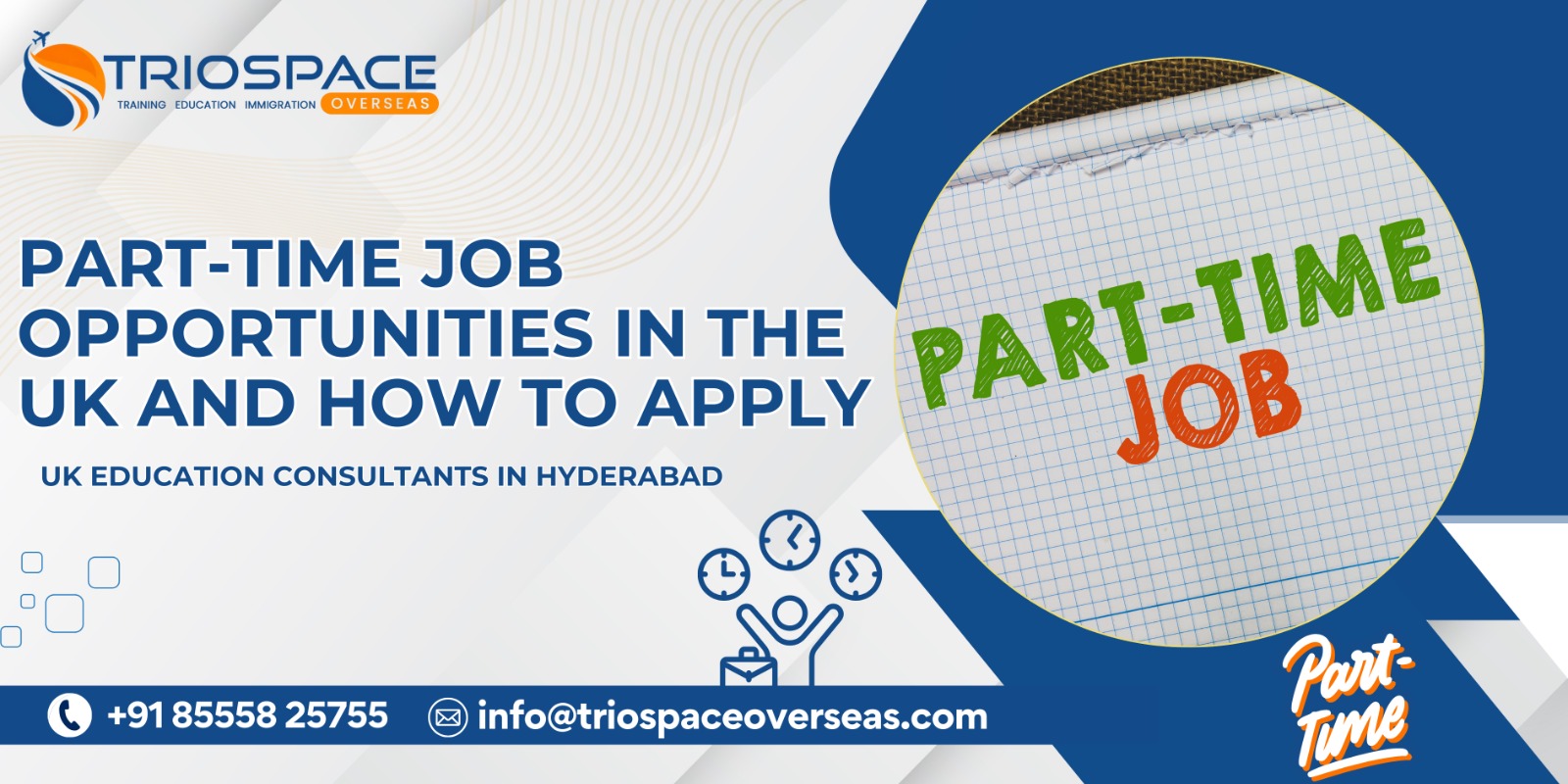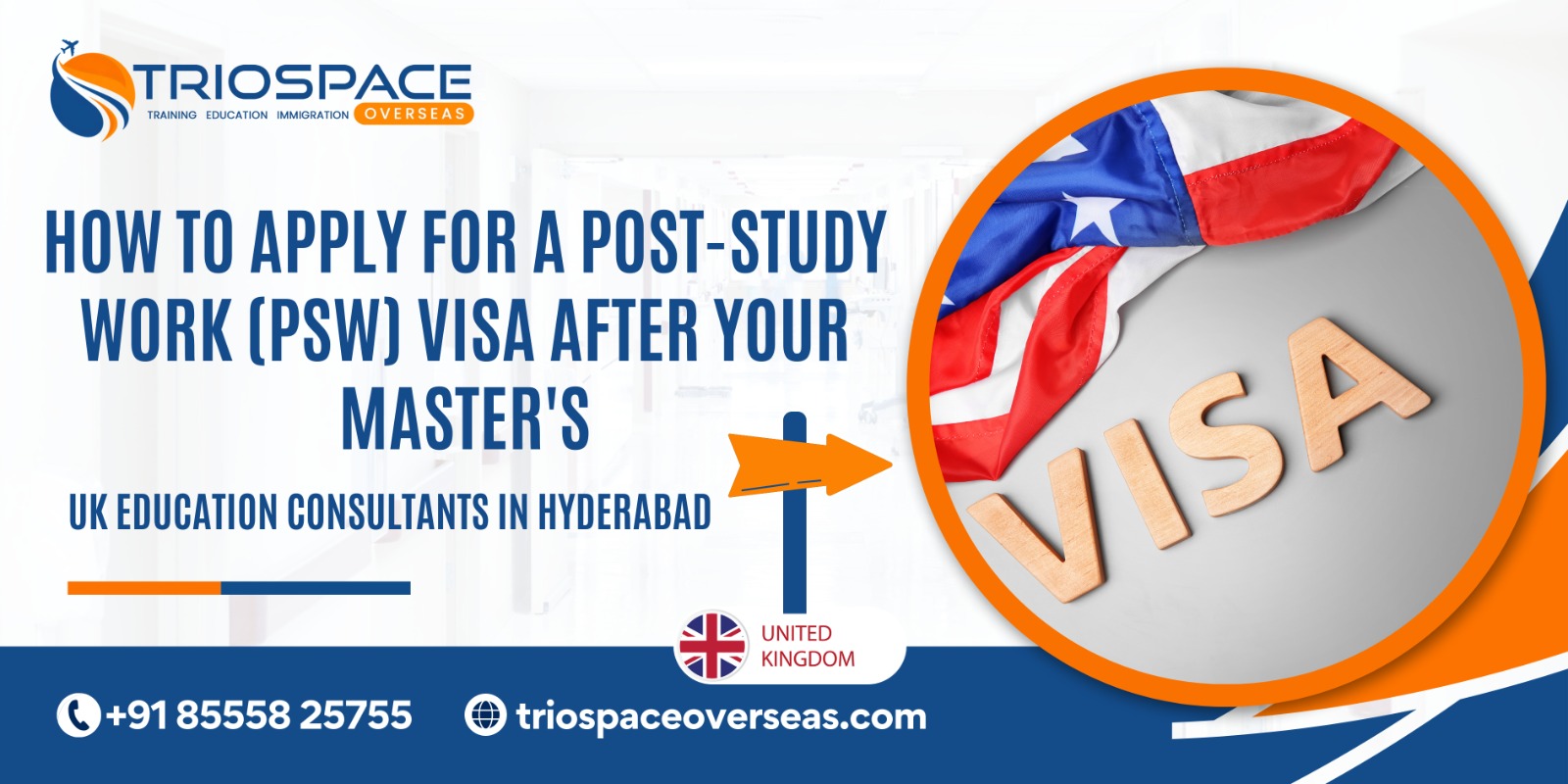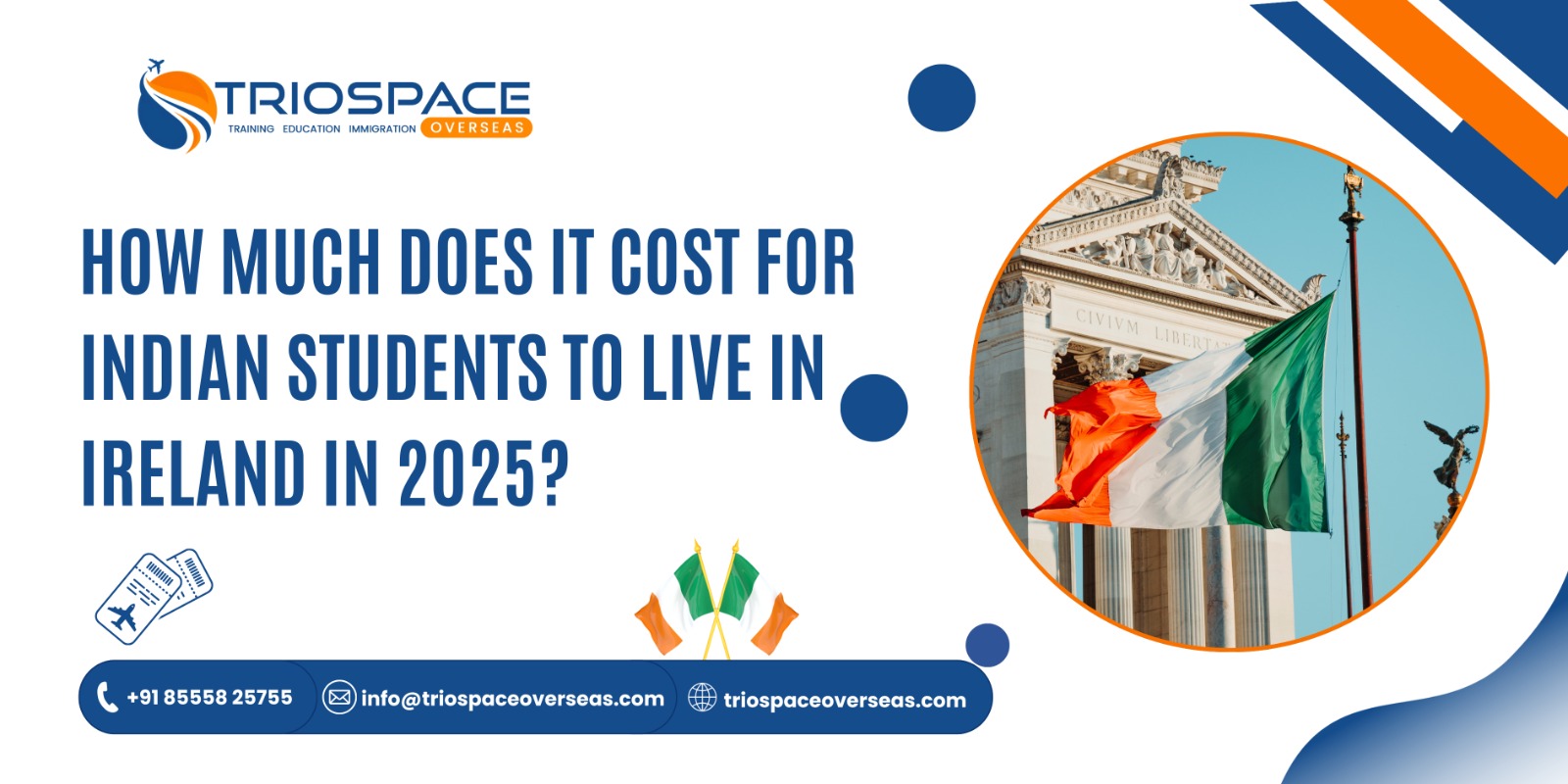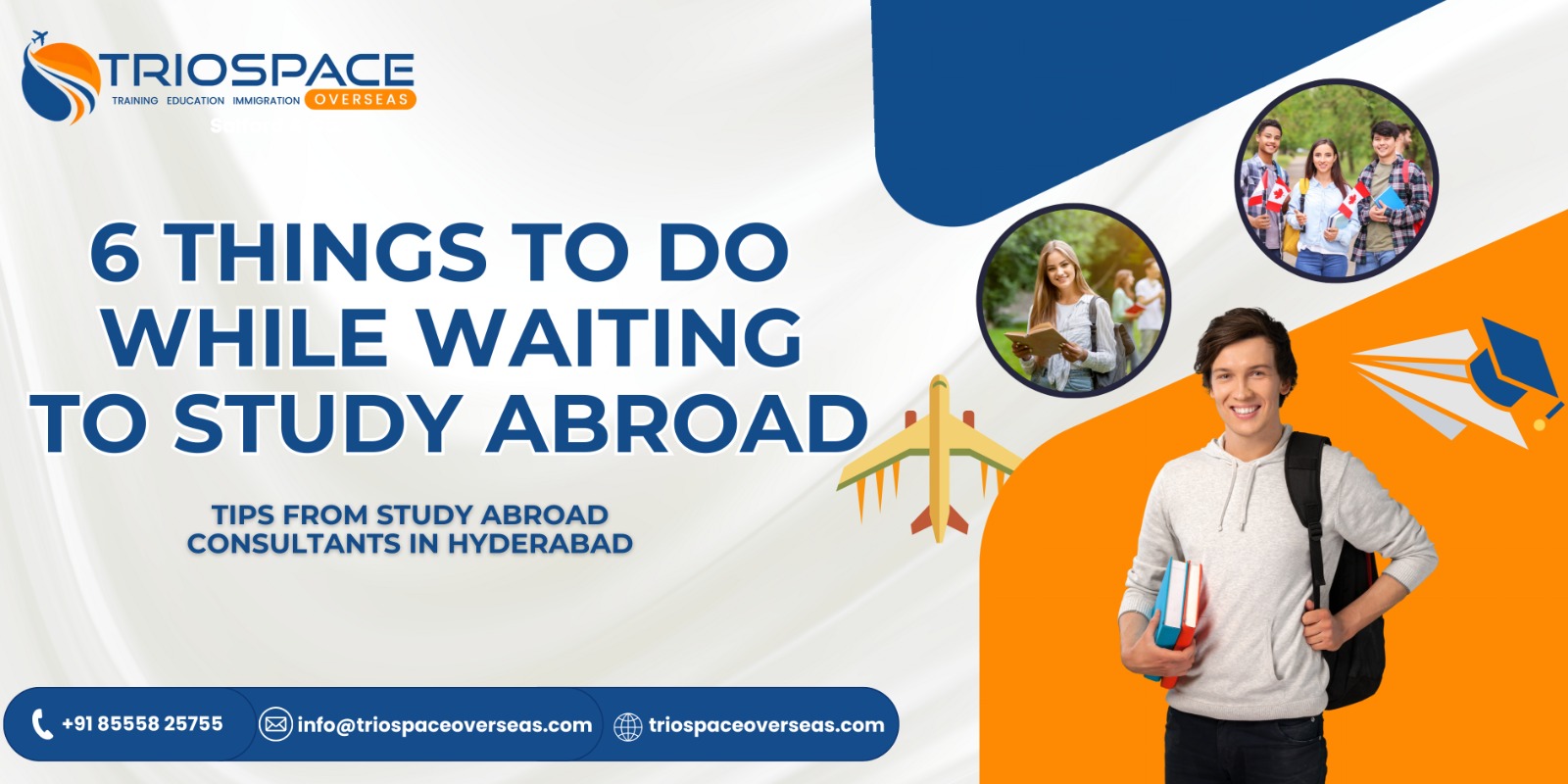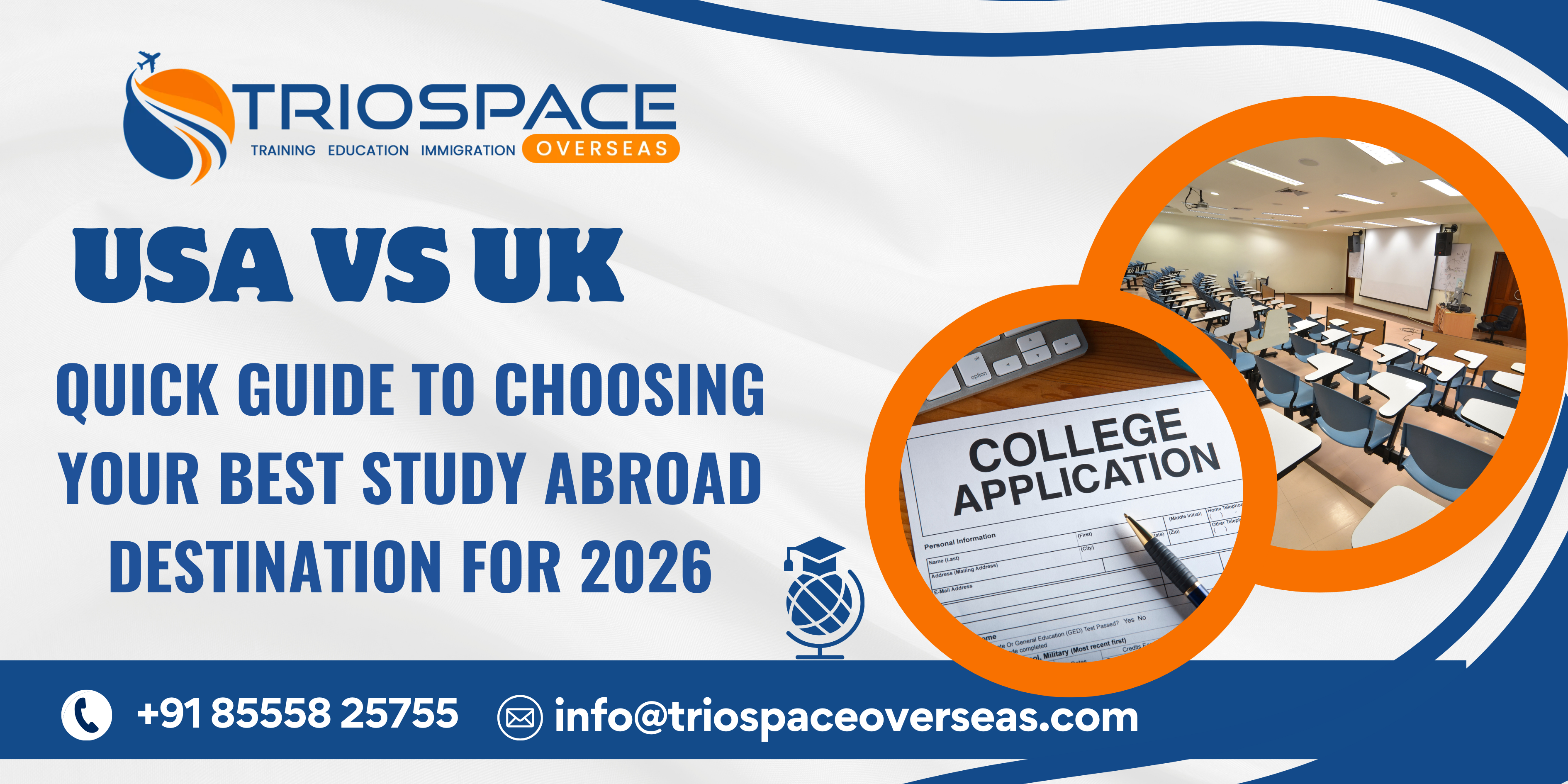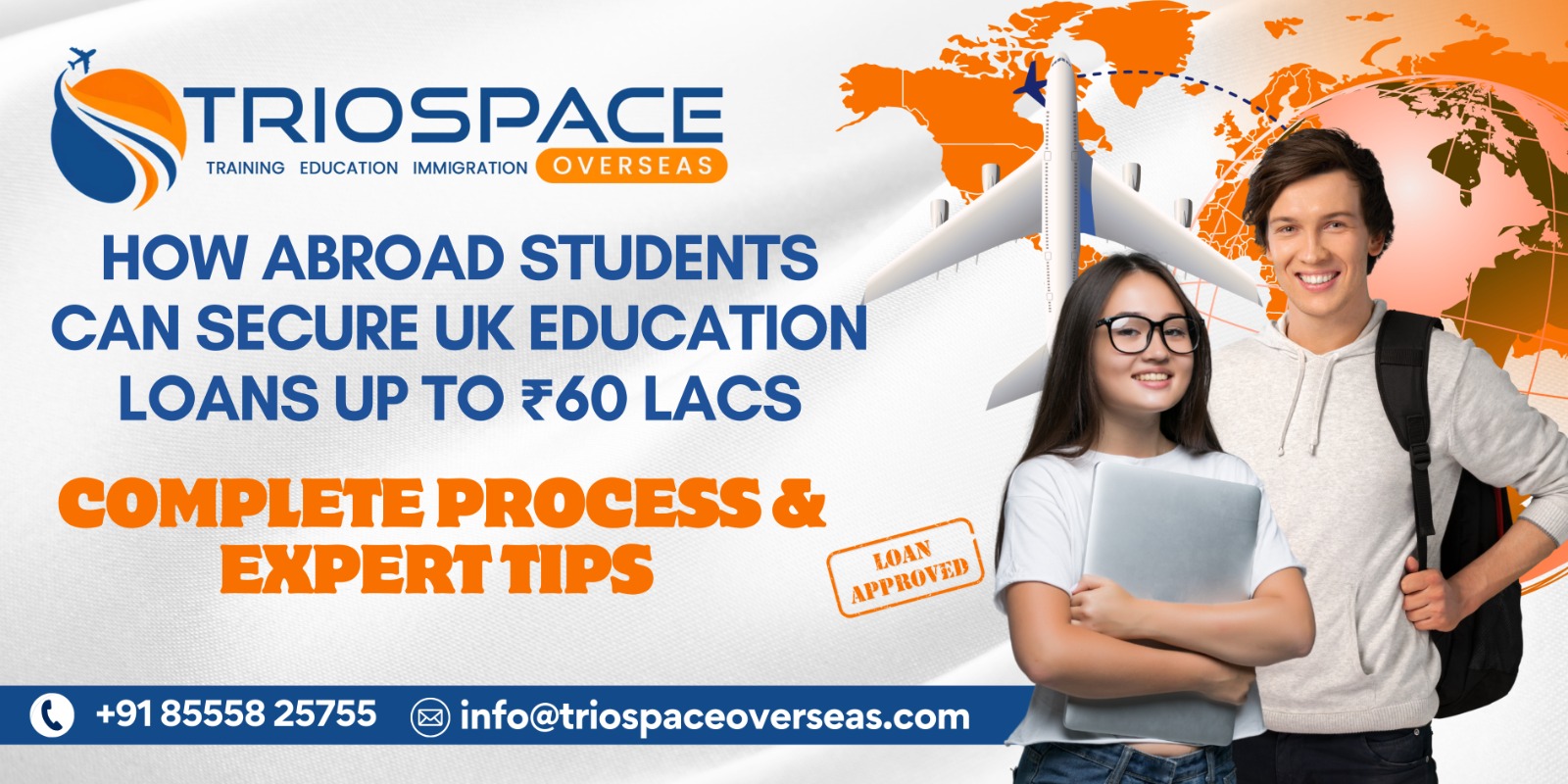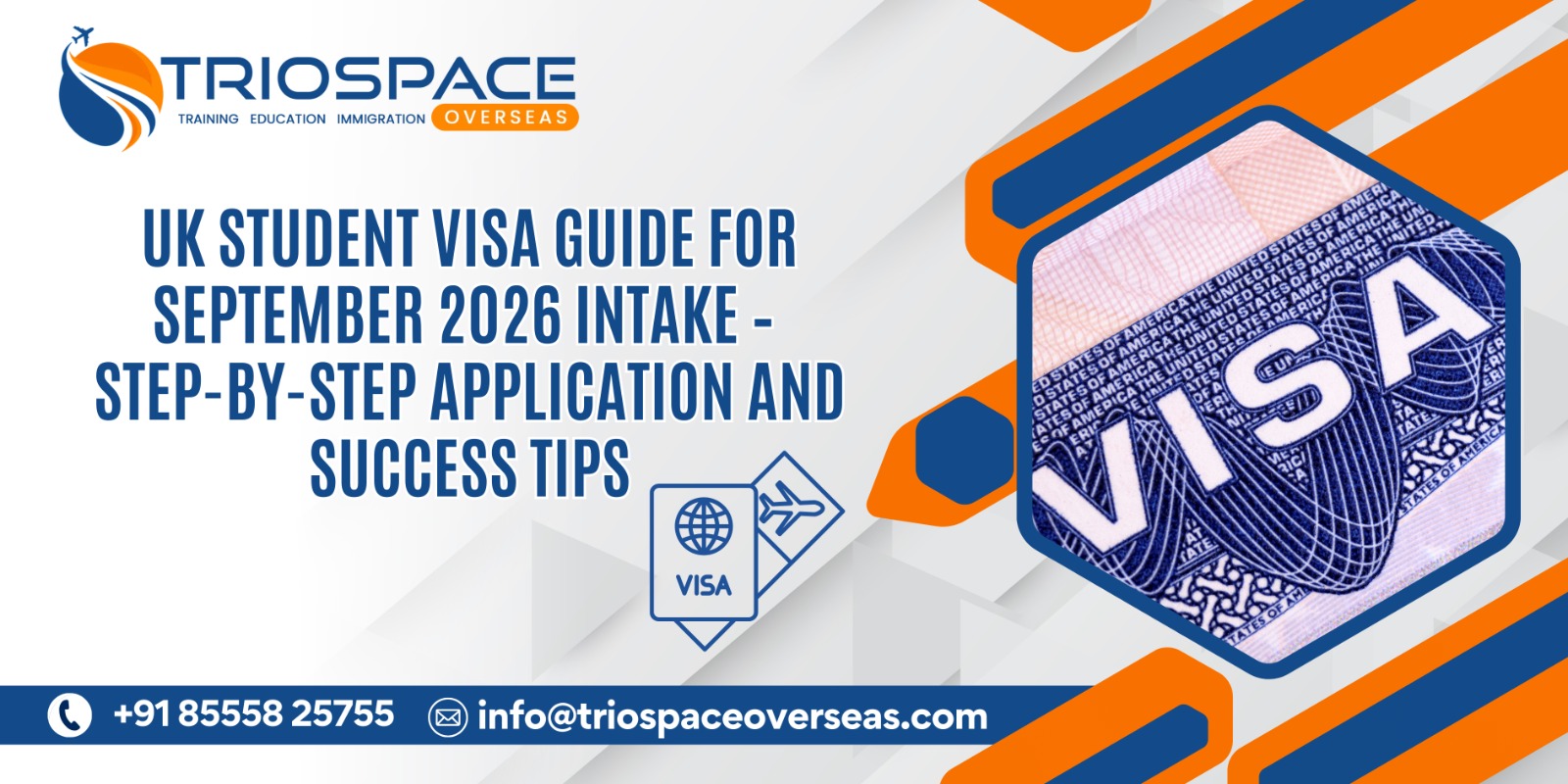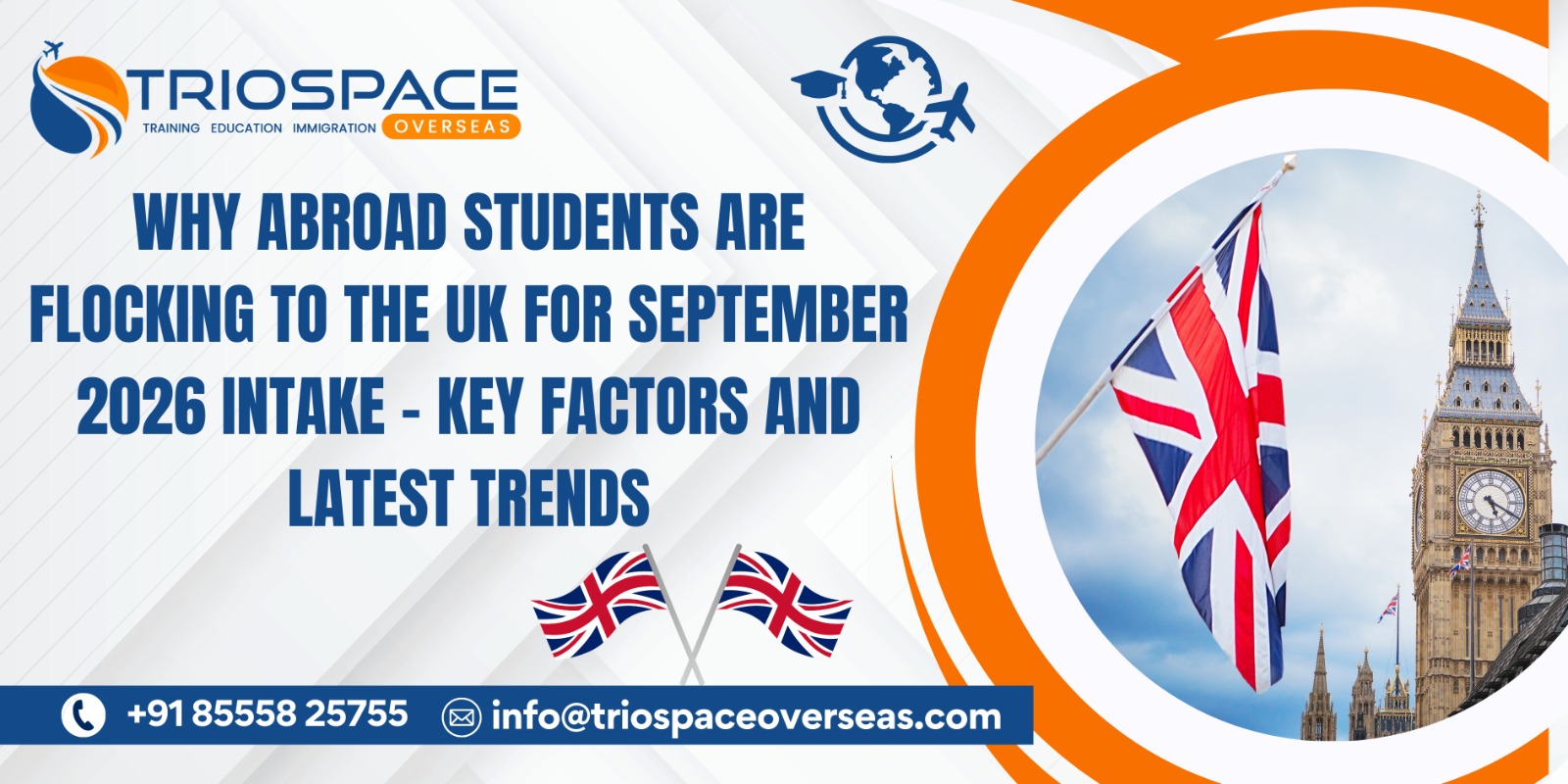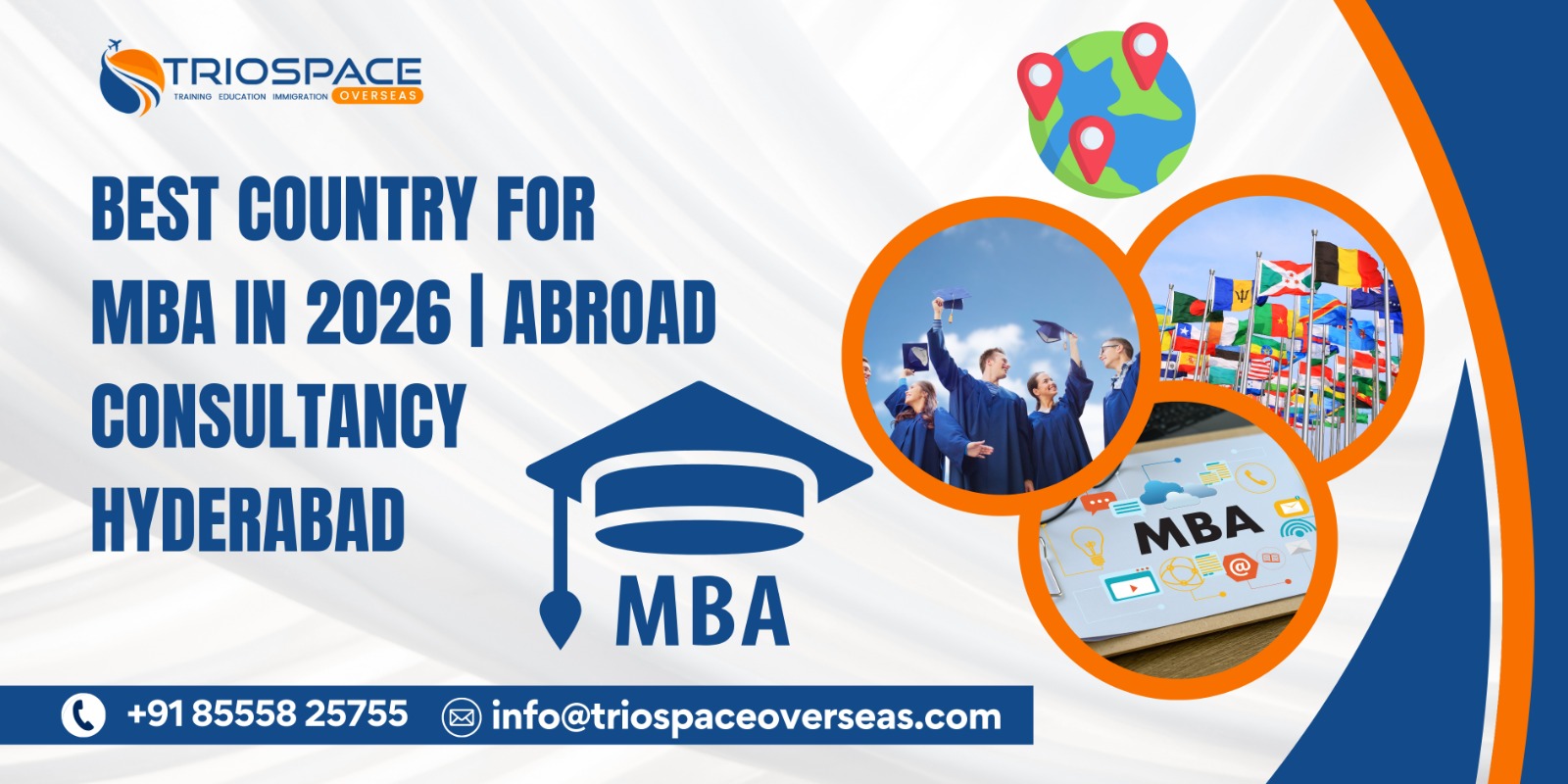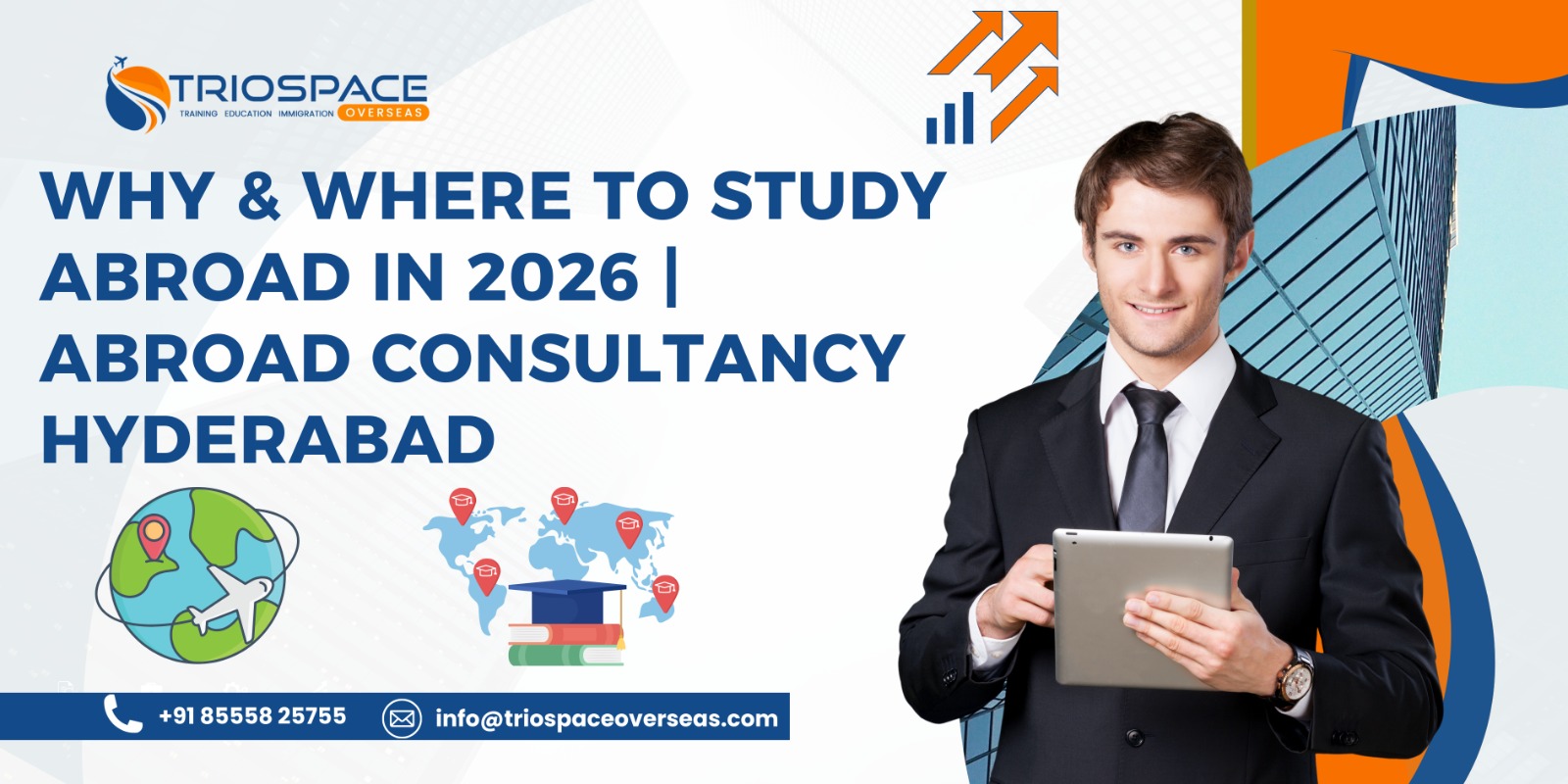
Complete H-1B Visa Sponsorship Guide for Indian Students: Requirements & Process
Introduction
The H-1B visa program is a popular pathway for skilled foreign workers to live and work in the United States. This program is particularly attractive to Indian students pursuing degrees in STEM fields (Science, Technology, Engineering, and Mathematics) who aspire to build their careers in the US. However, securing H-1B visa sponsorship by US employers can be a complex process with specific eligibility requirements and procedures for both the Indian student and the US employer.
This comprehensive guide aims to equip both Indian students and US employers with the knowledge they need to navigate the H-1B visa sponsorship process. We’ll explore eligibility criteria, application steps, potential costs, and valuable tips for increasing chances of success.
For Indian students, securing H-1B sponsor companies in the US is a crucial first step. This guide will provide insights on how to find potential employers and showcase your qualifications effectively. We’ll also discuss alternative visa options for Indian students who may not qualify for H-1B sponsorship.
For US employers seeking to sponsor foreign workers, understanding the H-1B visa requirements and navigating the sponsorship process is essential. This guide will clarify your responsibilities, including the cost of H-1B sponsorship for employers and best practices for attracting top talent from India.
Eligibility for H-1B Visa Sponsorship
A. Eligibility for the Indian Student
To qualify for H-1B visa sponsorship, Indian students must demonstrate they will be employed in a “specialty occupation.” These occupations typically require theoretical and practical knowledge in a specific field, usually requiring a bachelor’s degree or equivalent. Examples of popular H-1B visa requirements for STEM fields relevant to Indian students include computer science, engineering, data science, and mathematics.
Beyond the educational requirement, students may also qualify through “exceptional ability” in their field. This can be demonstrated through outstanding academic achievements, published research, professional experience, or industry certifications. Indian students with advanced degrees (Master’s or PhD) from US universities may have alternative pathways to H-1B eligibility, which we’ll explore in more detail later.
B. Eligibility for the US Employer
US employers seeking to sponsor foreign workers through the H-1B program must comply with several legal requirements. One crucial step is filing a Labor Condition Application (LCA) with the Department of Labor (DOL). This document demonstrates that hiring a foreign worker will not adversely affect the wages and working conditions of US workers in the same occupation.
The prevailing wage requirement is another significant aspect of employer eligibility. The DOL establishes the average wage paid to workers in a specific occupation within a particular geographic area. Employers must offer the H-1B visa holder at least this prevailing wage. H-1B sponsor companies may benefit from exemptions from the H-1B visa cap, such as universities and research institutions. These exemptions can be particularly attractive to Indian students seeking sponsorship opportunities.
The H-1B Visa Sponsorship Process for Indian Students
A. Pre-Application Steps for Indian Students
To increase your chances of securing H-1B visa sponsorship, it’s crucial to start planning early. Research potential US employers and job opportunities in your field of study well before graduation. Networking with professionals in the US through online platforms, attending industry events (both virtually and in-person), and leveraging alumni networks can significantly improve your visibility and build valuable connections.
Developing a strong resume and cover letter tailored to the US job market is essential. Highlight your skills and experience relevant to the specific job you’re applying for, showcasing your qualifications and value proposition to potential employers.
B. Application Process Breakdown
The H-1B visa sponsorship process involves several steps, each with its own timeline and potential delays. Here’s a breakdown of the key stages:
H-1B Cap Season and Lottery System (if applicable):
The H-1B visa program has an annual cap on the number of visas issued. Indian students may face high competition for these visas, especially during peak filing periods. The USCIS conducts a lottery system to select petitions from qualified applicants.
Labor Condition Application (LCA) Filing by the US Employer:
The US employer must file an LCA with the DOL, demonstrating compliance with prevailing wage requirements and no adverse impact on US workers.
Form I-129 Petition for Nonimmigrant Worker:
Once the LCA is approved, the US employer files Form I-129 with USCIS. This petition formally requests H-1B visa classification for the Indian student. It includes supporting documentation such as the student’s diplomas, transcripts, job offer letter, the approved LCA, and evidence of exceptional ability (if applicable).
Consular Processing at a US Consulate or Embassy in India (if applicable): If the I-129 petition is approved, the Indian student will need to schedule a visa interview at a US consulate or embassy in India. This may involve additional documentation and fees.
Estimated processing times can vary, so it’s important for both students and employers to be patient and plan accordingly.
C. Additional Considerations for Indian Students
Maintaining good academic standing throughout your studies is critical to ensure you meet eligibility requirements for the H-1B visa. Consider Optional Practical Training (OPT) or Curricular Practical Training (CPT) programs offered by your US university. These programs can provide valuable work experience in your field and potentially strengthen your application for H-1B sponsorship.
Consulting with an immigration attorney specialising in H-1B visas is highly recommended. An attorney can provide personalised guidance throughout the application process, ensuring compliance with complex regulations and maximising your chances of success.
Costs Associated with H-1B Visa Sponsorship
Securing H-1B visa sponsorship involves potential costs for both Indian students and US employers. Here’s a breakdown of the main expenses:
Government Filing Fees: Both the LCA filing with the DOL and the Form I-129 petition with USCIS incur government filing fees.
Attorney Fees: Consulting with an immigration attorney throughout the process will result in legal fees. The specific cost can vary depending on the complexity of the case and the attorney’s experience.
Additional Costs: Indian students may need to factor in additional costs for document translations, medical examinations, and travel to the US for consular processing (if applicable).
Employer-Paid Attorney Fees: Some US employers may offer to cover all or part of the attorney fees associated with the H-1B visa sponsorship process. This can be a significant benefit for Indian students, reducing their financial burden.
Benefits and Drawbacks of H-1B Visa Sponsorship
A. Benefits for Indian Students
Live and Work Legally in the US: The H-1B visa allows Indian students to gain valuable work experience in the US and build successful careers with US companies.
Exposure to Cutting-Edge Technologies and Industries: Working in the US can expose Indian students to innovative technologies and provide them with opportunities to work on groundbreaking projects, enhancing their skill sets and career prospects.
Potential for Career Advancement: H-1B sponsorship can open doors to career advancement opportunities within the sponsoring US company or with other US employers seeking skilled professionals.
Pathway to Permanent Residency (Green Card): While not guaranteed, H-1B sponsorship can be a stepping stone towards obtaining a green card and permanent residency in the US, offering greater long-term stability.
B. Drawbacks for Indian Students
Competition for H-1B Visas: The annual cap on H-1B visas creates high competition, particularly for Indian students. Securing a visa can be challenging, especially in popular fields.
Dependence on Employer Sponsorship: Indian students on H-1B visas are tied to their sponsoring employer for maintaining their legal status in the US. This can limit job mobility and career options.
Limitations on Job Portability: Changing jobs can be more complex for Indian students on H-1B visas. They will need a new employer to file a new H-1B petition, potentially delaying job transitions.
Uncertainties Associated with Visa Renewals and Extensions: H-1B visas are initially granted for three years with the possibility of extensions. However, the renewal process can be complex and uncertain, requiring additional planning and legal considerations.
Tips for Indian Students Seeking H-1B Sponsorship
Start Planning Early: Don’t wait until graduation to begin your H-1B sponsorship journey. Research potential careers, employers, and visa requirements well in advance.
Build a Strong Academic Record: Maintain good grades throughout your studies to demonstrate your academic qualifications and commitment to your chosen field.
Gain Relevant Work Experience: Look for internship or research opportunities that align with your career goals and provide valuable work experience
Network with Professionals in the US: Actively connect with professionals in your field of study. Utilise online platforms like LinkedIn, attend industry events (both virtually and in-person), and leverage alumni networks to build relationships and showcase your skills.
Develop Exceptional Skills: Focus on developing in-demand skills and expertise that will make you a valuable asset to a US employer. Identify areas of specialisation within your field and pursue relevant certifications or training programs.
Craft a Compelling Resume and Cover Letter: Tailor your resume and cover letter to highlight your qualifications and achievements relevant to the specific US job market. Quantify your accomplishments and emphasise skills sought after by US employers.
Consider an Optional Practical Training (OPT) Program: Utilise OPT programs offered by your US university to gain practical work experience in your field after graduation. A strong performance during OPT can significantly strengthen your H-1B sponsorship application.
Seek Legal Guidance: Consulting with an immigration attorney specialising in H-1B visas is highly recommended. An attorney can provide personalised guidance throughout the application process, ensuring compliance with complex regulations and maximising your chances of success.
Alternative Visa Options for Indian Students
The H-1B visa is a popular option, but it’s not the only pathway for Indian students seeking to work in the US. Here are some alternative visa categories to consider:
Optional Practical Training (OPT): As mentioned earlier, OPT allows international students with F-1 visas to gain practical work experience in their field of study after graduation. The duration of OPT varies depending on the program, but it can provide valuable work authorization and a chance to impress potential employers.
STEM OPT Extension: Students with degrees in STEM fields (Science, Technology, Engineering, and Mathematics) can qualify for an extension of their OPT program for an additional 24 months. This extended period allows STEM graduates to gain further work experience and potentially improve their chances of securing H-1B sponsorship or transitioning to other employment visa categories.
J-1 Visa Programs: J-1 visa programs offer opportunities for cultural exchange and work experience in specific fields through internship or trainee positions. These programs can be beneficial for Indian students seeking to gain initial work experience in the US and build professional networks.
EB-5 Green Card: For Indian students with significant financial resources, the EB-5 green card program provides a pathway to permanent residency through investment in a US business. This option offers a more direct path to permanent residency but requires a substantial financial commitment.
Conclusion
H-1B visa sponsorship by US employers can be a valuable opportunity for both Indian students and US companies. For Indian students, it opens doors to working and building careers in the US, while US employers gain access to a pool of highly skilled talent. However, the process is complex and requires careful planning, understanding of eligibility requirements, and potentially, professional legal guidance.
We encourage Indian students to explore all available options, invest in their skills and qualifications, and network actively to increase their chances of success. US employers seeking to sponsor H-1B visa holders should ensure compliance with regulations, offer competitive compensation packages, and create a welcoming environment for international talent.
Are you ready to secure your future with an H-1B visa? Let our experts at TrioSpace Overseas guide you through the process.
FAQ: H-1B Visa Sponsorship by US Employers
1. What is the H-1B visa?
The H-1B visa is a non-immigrant visa that allows US companies to employ foreign workers in specialty occupations that require theoretical or technical expertise.
2. Who is eligible for H-1B visa sponsorship?
For Indian Students:
Must be employed in a specialty occupation.
Typically requires a bachelor’s degree or higher in the relevant field.
Can also qualify through exceptional ability in the field.
For US Employers:
Must file a Labor Condition Application (LCA) with the Department of Labor.
Must offer a wage that meets or exceeds the prevailing wage for the occupation and location.
3. Are B.Tech students eligible for H-1B visa sponsorship?
Yes, B.Tech students are eligible if they meet the requirements for a specialty occupation and have a job offer from a US employer willing to sponsor them.
4. Is a 16-year degree or a 15-year degree sufficient for applying for an H-1B visa?
A 16-year degree is typically required for H-1B eligibility. However, some individuals with a 15-year degree may qualify if they have substantial work experience or additional certifications in their field.
5. What are the main steps in the H-1B visa sponsorship process?
Research and Network: Identify potential employers and build connections.
Job Offer and LCA Filing: Employer files an LCA with the Department of Labor.
Form I-129 Petition: Employer submits the petition to USCIS.
Visa Interview: If approved, the student attends a visa interview at a US consulate or embassy.
6. What costs are associated with H-1B visa sponsorship?
Government Filing Fees: For LCA and Form I-129.
Attorney Fees: For legal guidance throughout the process.
Additional Costs: Document translations, medical exams, travel for consular processing.
Employer-Paid Fees: Some employers may cover all or part of the attorney fees.
7. What are the benefits of obtaining an H-1B visa?
Ability to live and work legally in the US.
Exposure to cutting-edge technologies and industries.
Potential for career advancement and permanent residency.
8. What are the drawbacks of H-1B visa sponsorship?
High competition due to the annual cap on H-1B visas.
Dependence on employer sponsorship for maintaining legal status.
Limited job portability and uncertainties with visa renewals and extensions.
9. What alternative visa options are available for Indian students?
Optional Practical Training (OPT): Allows F-1 visa students to work in their field of study after graduation.
STEM OPT Extension: Provides an additional 24 months of work authorization for STEM graduates.
J-1 Visa Programs: Offers cultural exchange and work experience opportunities.
EB-5 Green Card: Provides a pathway to permanent residency through investment in a US business.
10. How can Indian students improve their chances of securing H-1B sponsorship?
Start planning early and research potential employers.
Maintain a strong academic record.
Gain relevant work experience through internships or research.
Network actively with professionals in the US.
Develop exceptional skills and certifications.
Tailor your resume and cover letter to highlight qualifications.
Consider OPT programs to gain practical work experience.
Seek legal guidance from an immigration attorney specializing in H-1B visas.





